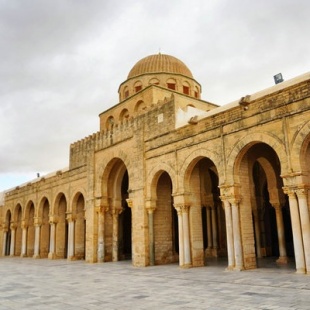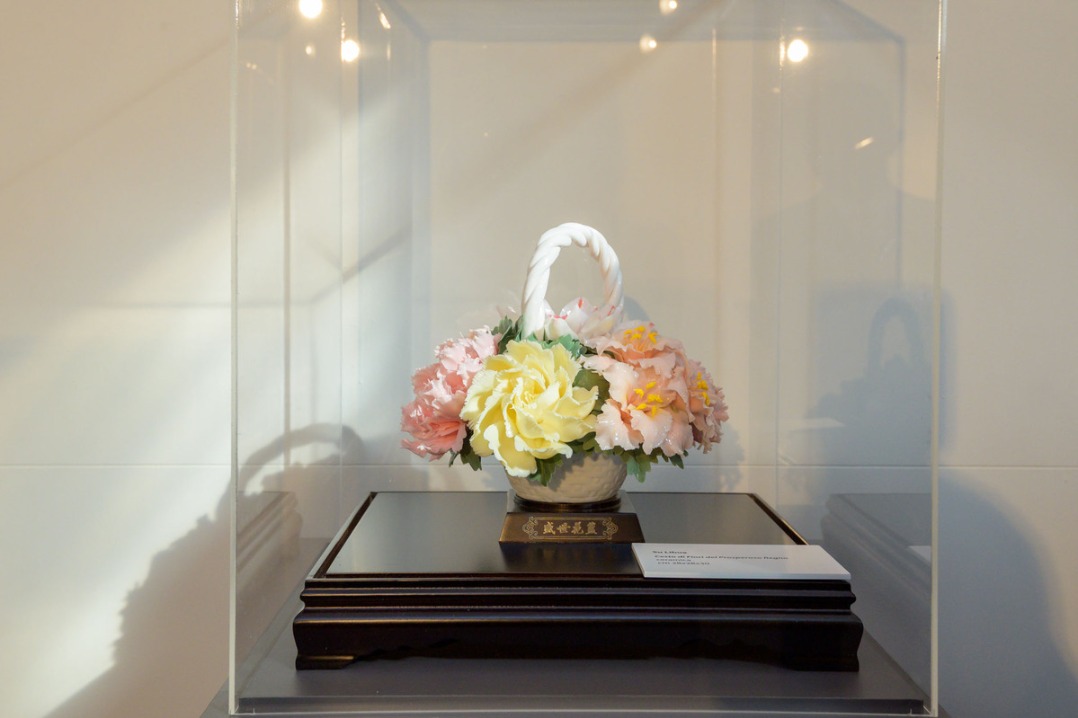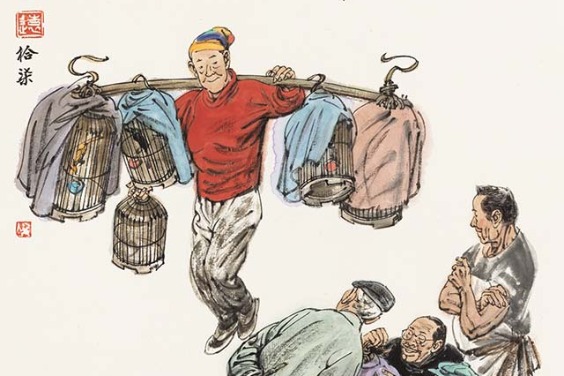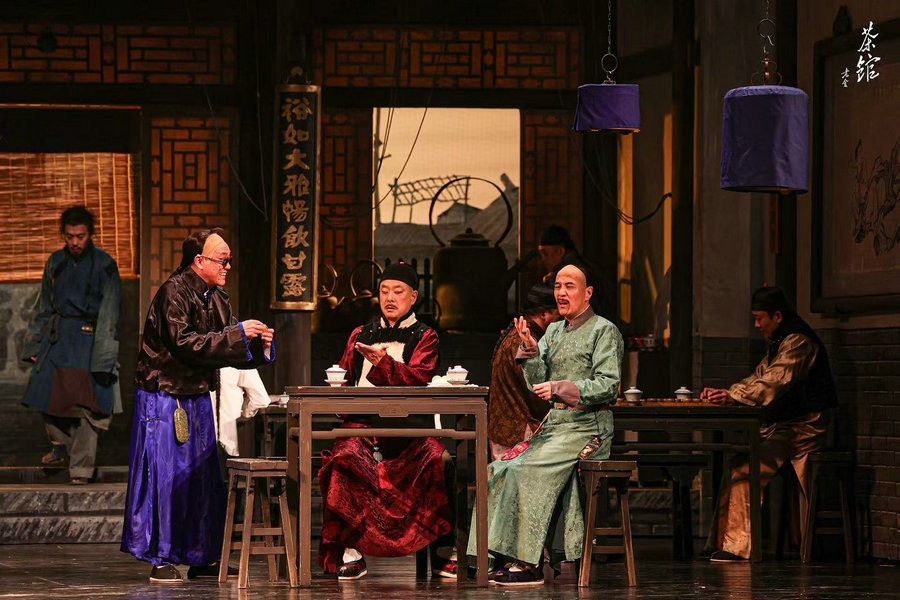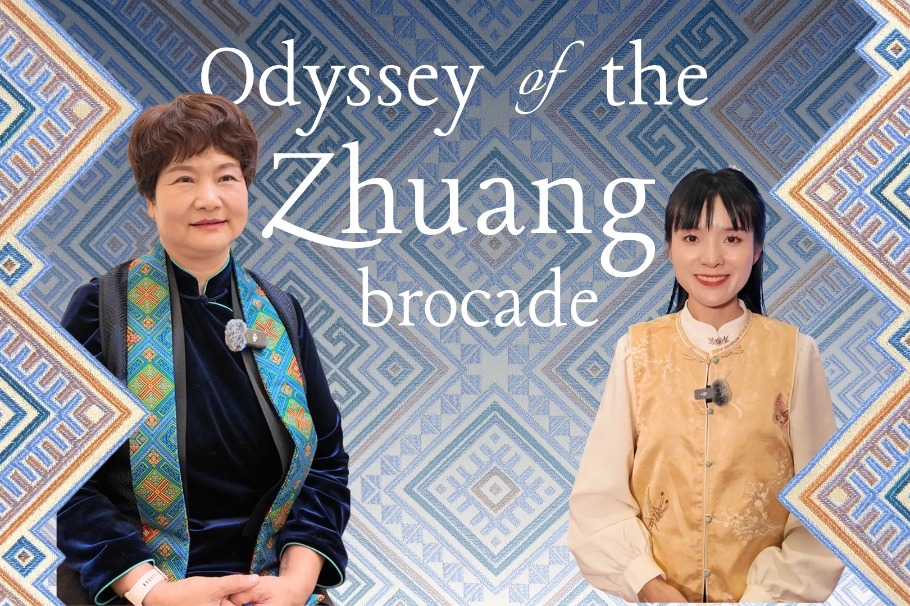Tunisian ambassador to China: Tunisia a cultural bridge between China and the Arab world

China has worked with Tunisia in various areas. Could you please share some highlights or progress of the cooperative archaeological programs between the two countries?

The cooperative archaeological programs between Tunisia and China, rooted in the framework of the Belt and Road Initiative (BRI), have yielded significant advancements in cultural heritage preservation and bilateral collaboration. A key highlight is the joint excavation projects in Tunisia's historical sites, such as Carthage and Oudhna (Uthina), where Chinese and Tunisian archaeologists employ cutting-edge technologies like 3D scanning and remote sensing to uncover layers of Phoenician, Roman and Islamic history. These efforts align with UNESCO's broader goals for Silk Roads heritage preservation, emphasizing cross-cultural dialogue.
One major achievement is the digital documentation of artifacts, including Roman mosaics and Islamic ceramics, using Chinese-developed AI tools to analyze degradation patterns and enhance conservation strategies. This collaboration has also facilitated exhibitions showcasing Tunisia's ancient heritage in China, such as displays of Carthaginian and Roman relics alongside Chinese Silk Road treasures, fostering public engagement with shared historical narratives.
Academically, the partnership has strengthened through joint research publications and student exchanges, particularly in studying trade routes linking North Africa and Asia. For instance, Tunisian scholars have collaborated with China's National Silk Museum to trace the flow of silk and spices, highlighting Tunisia's role as a Mediterranean hub.

Challenges like funding gaps and logistical complexities have been mitigated through adaptive project management, ensuring resilience amid global disruptions. Future plans include expanding underwater archaeology in Tunisia's coastal regions, leveraging China's expertise in maritime heritage preservation.
This collaboration not only preserves cultural legacies but also reinforces Tunisia-China ties, exemplifying how archaeological cooperation can transcend borders to celebrate humanity's interconnected past.


